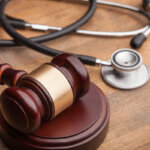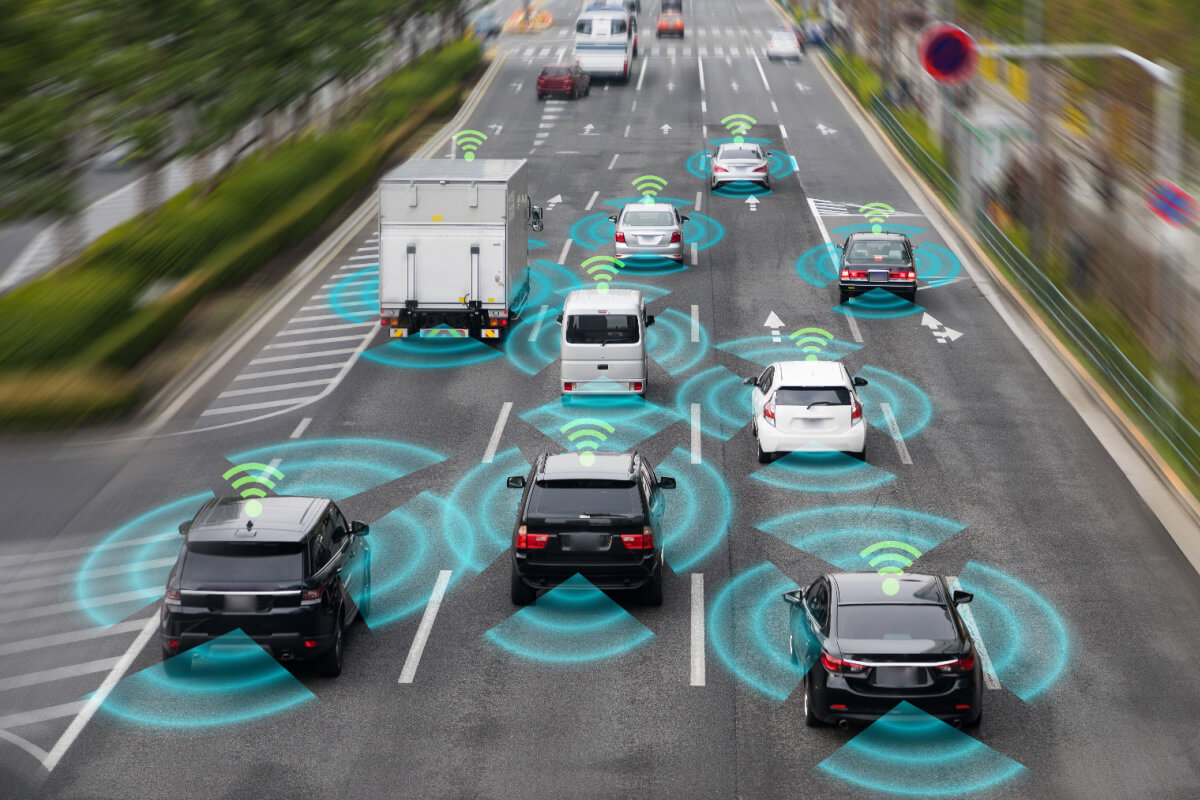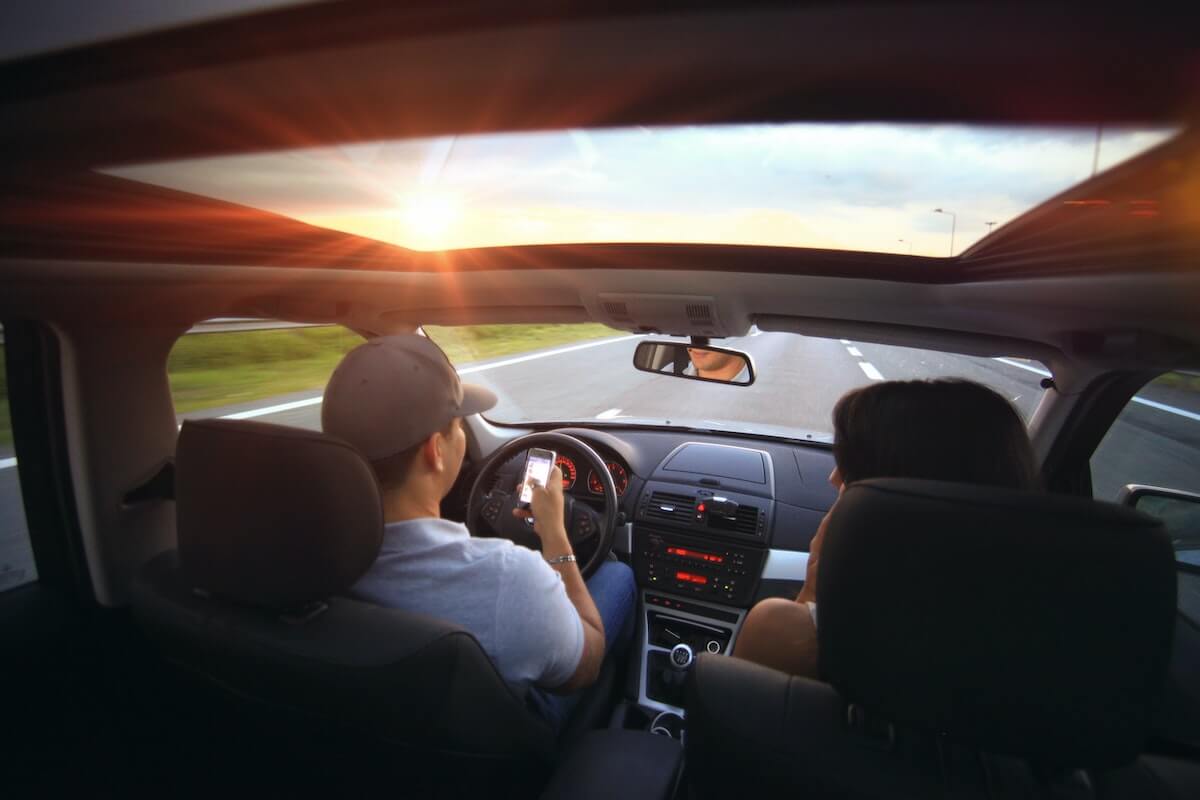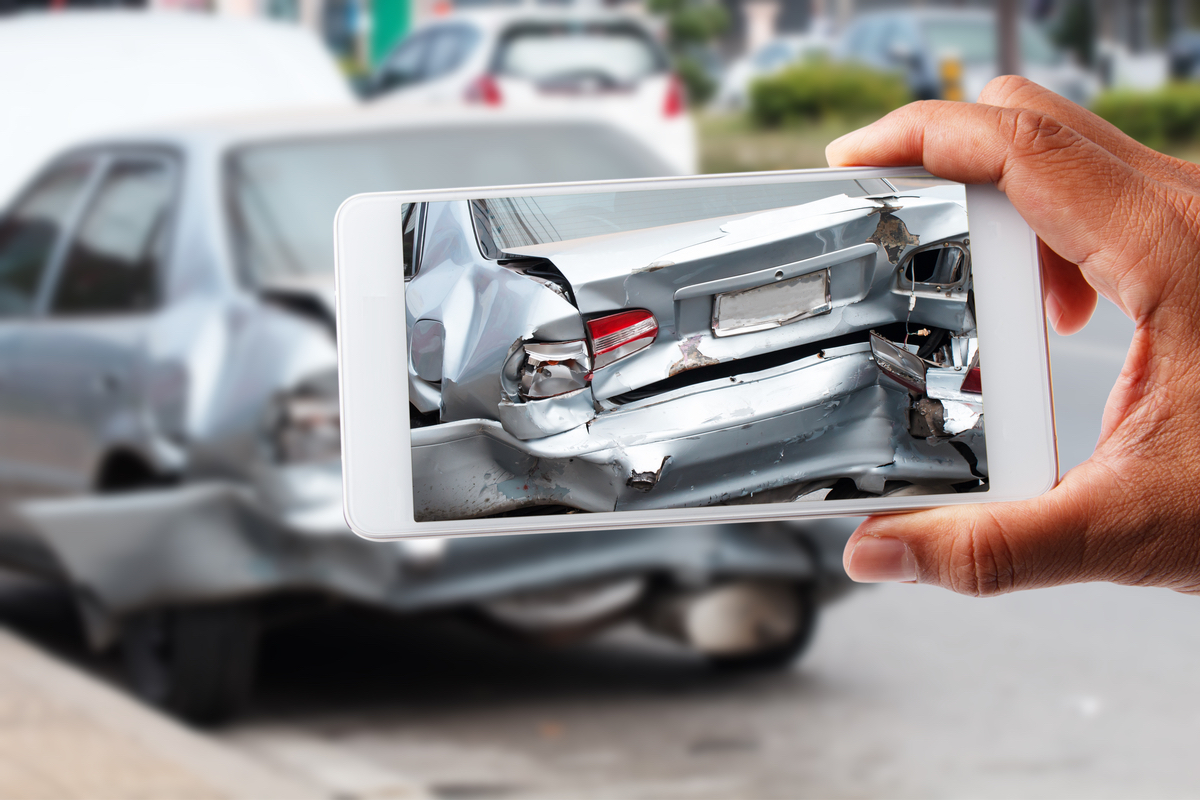
After a New Orleans car accident, pictures of the vehicle and the scene are crucial. Photographs can help determine liability, aid investigations, and assist insurance companies in accurately evaluating a claim.
Why Are Pictures of Your Vehicle Necessary After a New Orleans Car Accident?
Car accidents are rarely straightforward incidents. Cameras are not always available to record traffic collisions. When they are, the footage may only capture a particular angle. In addition, witnesses may not be present to corroborate the driver’s versions of the crash. If they are, their accounts may not be accurate.
Photos of the car accident may be crucial to accurately and fairly determining liability. Detailed images can show:
- Cause of the accident and who may be at fault
- Damage to vehicles and surrounding property
- Injuries sustained by those involved
- Whether other drivers or occupants were conscious after the accident, walking around, or doing any activities that may worsen their injuries
- Proof of witnesses that were present at the time of the crash versus those who wandered onto the scene after
- Time-stamped images can show when the accident occurred and how long law enforcement and emergency personnel took to arrive at the scene
Memory and recollection of previous events is often unreliable. Human perception is fallible. According to a study published in Psychological Science, 71% of cases have been found to be misidentified by eyewitnesses. Photographs can keep the details of the accident accurate and memories sharper.
How to Properly Take Pictures of Your Vehicle After a New Orleans Car Accident?
Taking pictures for fun is very different from taking pictures for evidence. It is important that the pictures taken at the place of an accident accurately portray the damage and scene.
Make sure to include the following details:
- Take pictures of injuries: Taking detailed images of injuries is one of the most critical pieces of evidence, aside from the scene itself. Make sure to photograph injuries at the scene, hospital, and during the healing process. It is not uncommon for minor injuries to become serious in the days following an accident.
- Photograph all property damage: Make sure to record all the damage done to the car. Include images of debris from the vehicle on the ground and how far they have been scattered. Pictures should be a mix of close-up and wide-angle shots. Close-ups should concentrate on the details of the damage. Wide-angle shots can focus on giving the detailed images context.
- Take pictures of others at the scene: After a car accident, numerous people will arrive. It is a good idea to include pictures of law enforcement, potential witnesses, paramedics, and others involved in the accident. These images do not need to be intrusive. Taking photographs should never interfere with law enforcement or other personnel.
- Take shots of important details from different angles: Every car accident in New Orleans is unique. Depending on the circumstances of the collision, take pictures of important details. If a stop light is out, make sure to include that in the images. Take pictures from different angles, especially the perspective of the drivers.
- Photograph the surrounding area: Photographing the surrounding area is crucial. Many details are missed in the initial investigation of an accident. Having numerous photos of the road, stores, other vehicles nearby, and buildings can help determine who is at fault in the accident.
- Take photos of any street signs nearby: Having pictures of the nearby street signs is very important. Make sure to take close and wide-angle shots in many different directions. Think about the perspective of both drivers. Was there an obstacle blocking the view of a one-way sign from the road but not the opposite direction? These details are crucial during an investigation.
- Take more photos than seem necessary: Taking 3 to 6 pictures of a car accident is very insufficient. Between close-ups and wide-angle shots, it is not uncommon to have 50 to over 100 pictures from the scene. When photographing a car accident, it is good to remember a lack of evidence may hurt more than too much evidence.
- Ensure photos have accurate time and date stamps: Photographing the scene of an accident is useless if the images are not time-stamped and dated. Time stamping is particularly critical. An image taken an hour after a car collision is far more accurate than pictures captured a few days later. If an image cannot be linked to the car accident via a timestamp or date, it may not be allowed as evidence during an investigation by law enforcement, legal representation, or insurance companies.
Knowing how to properly take traffic accident photos will improve their accuracy and legal relevance.
Can Pictures Hurt Your Personal Injury Claim?
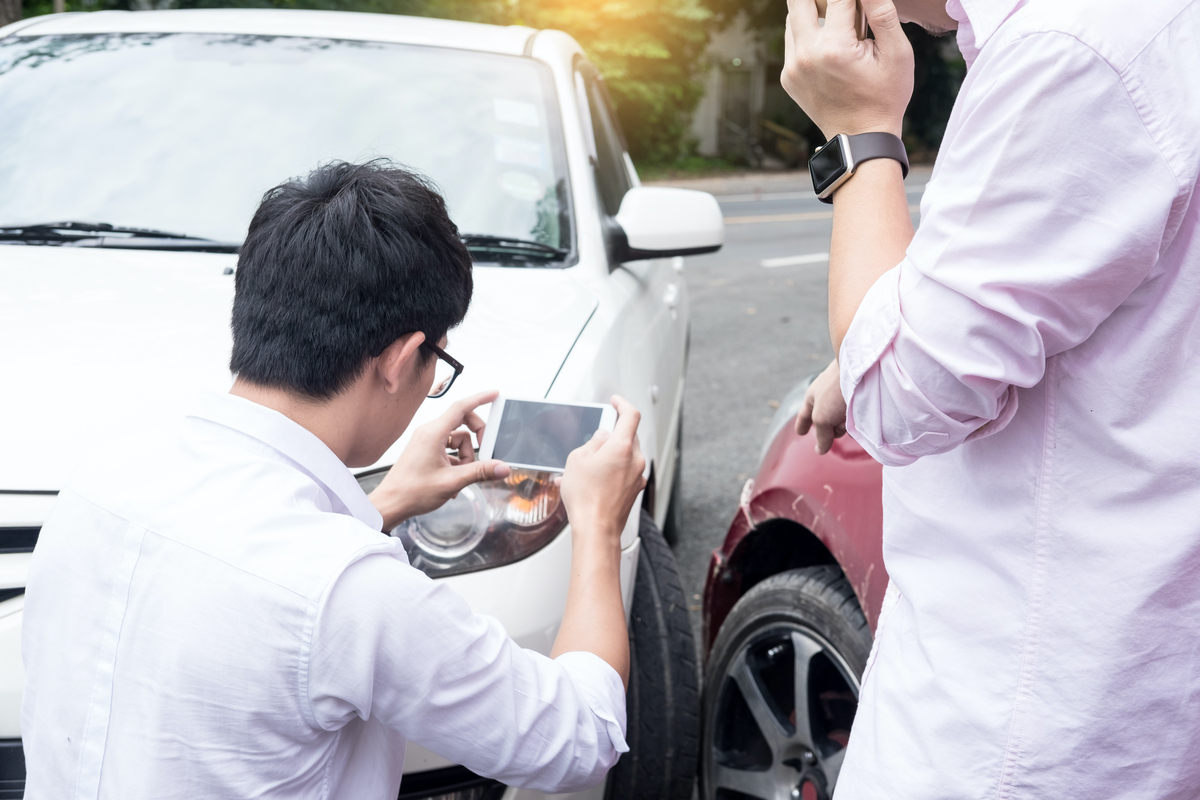
Pictures help personal injury claims when used as evidence. However, sharing car accident pictures on social media may hurt your injury claim.
Today’s economy is often referred to as the sharing economy. Between the prevalence of social media and sharing service companies like Uber, posting personal and private information is commonplace. However, posting car accident pictures on social sharing sites can be legally detrimental for the following reasons:
Posting Pictures On Social Media Invites Comments
Pictures of the accident will undoubtedly be commented on by friends, family, and even strangers. In addition, a person may feel compelled to begin discussing the details of the accident via the comments section. The insurance company may be able to use comments to contradict a driver’s version of the accident, negate a claim, or lower the settlement value.
Posting Pictures That Would Not Be Used in Evidence
While most car accident pictures can be used to help a case, some images may be inappropriate. For example, posting a selfie with injuries while smiling may give the wrong impression. Insurance companies may use a person’s smiling demeanor to suggest that the pain and suffering are not as bad as they describe in their insurance claim. Posting inappropriate pictures online will make them subject to the public or court order.
During a personal injury case, a court may order private social media posts to be revealed, especially if an insurance company suspects wrongdoing.
Taking Pictures of Your Vehicle After a New Orleans Car Accident is Critical
When done appropriately, photographing the scene of an accident can significantly improve the accuracy of an insurance claim. In addition to showing the true extent of the property and bodily damage, pictures can be used to prove liability. Knowing who is at fault can ensure the proper insurance company pays the fair value of a claim.
For more information on talking to insurance post-accident, you can visit Talk to Insurance Post-Accident. Equally important is the knowledge of how distracted driving can affect your claim and the potential legal consequences that come with it; read more about this at Distracted Driving Ramifications. It is also worth noting that the compensation process might vary if the accident involves children, as detailed at Compensation for Children in a Car Accident.
To help navigate through these complexities, it is advisable to seek legal counsel from a reputable law firm like Alvendia Kelly & Demarest. With the holiday season approaching, it is important to be aware of the increased risks on the road, especially during Black Friday; learn more at Black Friday Facts. To ensure you are in good hands, read our guide on finding the right lawyer for your case at Finding the Right Lawyer.
If you have been involved in a car accident, contact Alvendia Kelly & Demarest today at 504-200-0000 to schedule a free consultation.
Categories
- Bicycle Accidents
- Car Accident
- Case results
- Class Action
- Community Aid
- COVID-19
- Fun
- General
- Hard Rock Lawsuits
- Holiday
- Insurance Claims
- Legal Advice
- Mardi Gras Accident Attorney
- Mass Tort
- Medical
- Motorcycle Accident
- Personal Injury
- Practices
- Premise Liability
- Recent News
- Safety
- Truck Accidents
- Uncategorized
- Weather
- Work-Related Accident
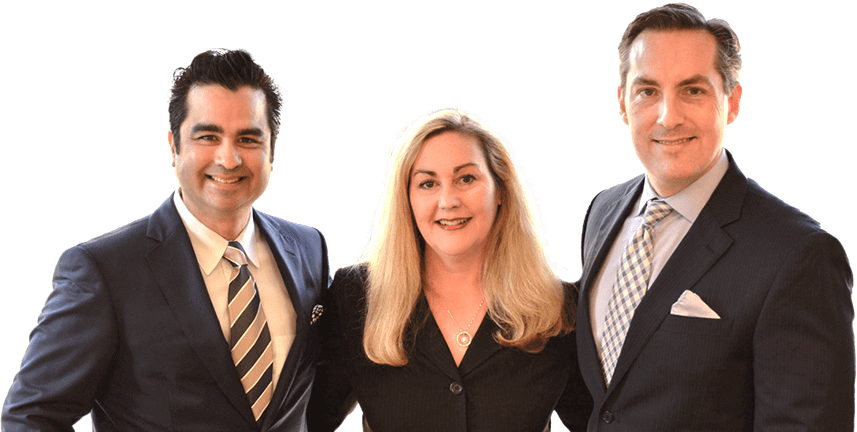
In 2003, after being dissatisfied with the quality of legal care for victims of car accidents, Roderick ‘Rico’ Alvendia sought to establish a new firm focused on providing high-quality legal services to aid injured victims and their families. J. Bart Kelly, sharing Rico’s passion for upholding justice, joined the firm later that year, and established a partnership.


